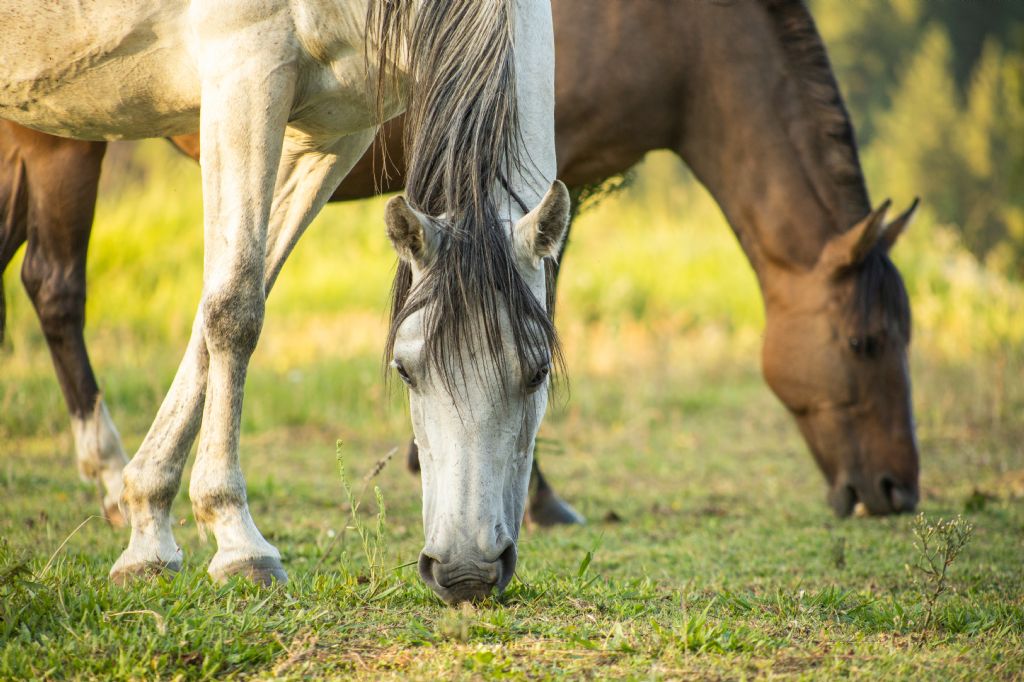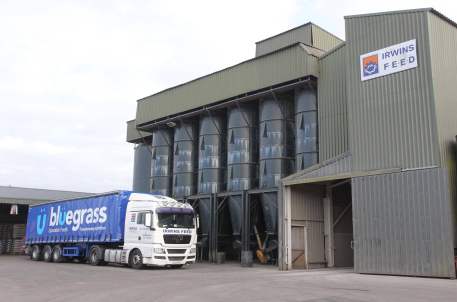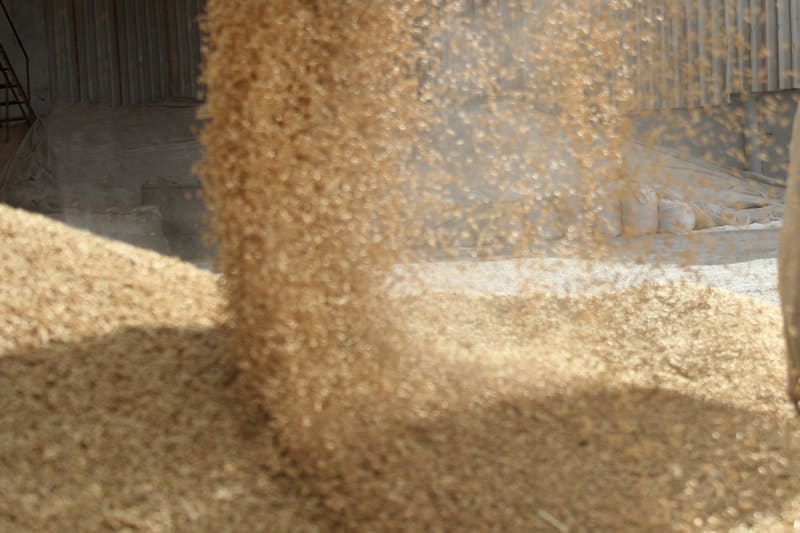Bluegrass News
With the recent trend of feeding lower starch and sugar feeds, it is important to understand the role of starch in the diet, and when low starch feeds are beneficial. Starch is often given a “bad” name and avoided in horses suffering from certain health issues, but this non-structural carbohydrate is an important energy source to the performance horse and problems associated to starch often occur when fed incorrectly.
What is starch?
Starch is an important energy source in the horse’s diet for exercise, growth and metabolism. This polysaccharide made up of long- complex sugar molecules is found in plant cell walls and cereals such as oats, maize and barley.
Digestion of starch occurs in the small intestine by digestive enzyme amylase produced by the pancreas. Amylase reduces the starch to monosaccharide components, glucose, which are absorbed into the bloodstream and utilised as energy.
An increase in blood glucose levels result in a release of insulin from the pancreas, which helps to move glucose into the cells to be used as an instant energy source.
Feeding starch
All horses require some starch to carry out bodily functions, performance horses and racehorses benefit more from higher starch diets due to the instant energy source available to them. When feeding higher starch levels, smaller meals are important to avoid a starch overload in the small intestine. This means that prececal digestion struggles to keep up with the amount of feed ingested and so some of the starch products move into the hindgut. A by – product of hindgut fermentation is lactic acid and high starch digestion in the hindgut has been reported to increase the pH level resulting in colic, laminitis and hindgut acidosis.
After each meal a rise in glucose will occur for the first two hours and gradually drop again over 4 hours. This rise in glucose can have an effect on the brain as glucose can pass through the blood-brain barrier, thought to increase serotonin levels, resulting in excitable behaviour.
When to feed a low starch diet?
Starch is an important energy source, but in some cases low starch diets are best suited for some horses, some examples include;
- Insulin resistance – The effectiveness of insulin on glucose levels are reduced resulting in higher insulin levels for longer. Insulin resistance is often associated with obesity and laminitis, feeding a low starch diet will reduce the amount of glucose produced.
- Gastrointestinal issues – Horses susceptible to colic, hindgut acidosis or tying up are advised to be fed a low starch diet to reduce the level of lactic acid production.
Bluegrass Low Starch Feeds
- Bluegrass Re-Leve- Low starch and low sugar mix fortified in high quality protein, vitamins, minerals and yeast cultures to promote a healthy digestive tract.
- Bluegrass Re-Solve – Low starch and low sugar cube, providing energy through super fibres and oils to remove the need for cereals.
- Bluegrass Turmash – Low starch and Low sugar conditioning mash, fortified with turmeric.
- Bluegrass Racehorse cubes- Reduced starch performance cube with only 15% starch.







.jpeg)




